Brassicas are a great choice for cover crops because they can help break down compacted soil and control weed growth. But if you're curious about whether you should plant them two years in a row, you're on the right page! We've done more research on this, and we'll give you the right answer.
It's never a good idea to plant Brassicas in the same place for two years in a row to prevent disease and insect issues. Even if you're growing another member of the Brassica family, the same guidelines should apply.
To learn more, keep on reading. Here we'll discuss the importance and benefits of planting them. We'll also answer your questions related to this topic.
Why You Shouldn't Plant Brassicas Two Years In a Row

Brassicas shouldn't be planted in the same place for two years in a row. They need to be rotated due to diseases found in plants. Not only can they injure the plants, but they can kill them.
In the North, the effects are less severe as the cold can destroy some organisms. Some species of beets, canola, and rapeseed exhibit genetic resistance to disease complexes but no immunity.
Considering crop rotation is essential and cannot be replaced. A mixture of wheat and clover is a great alternative crop for deer. Crop rotation is important because insects can quickly accumulate and infest in the following years.
Advantages Of Planting Brassicas
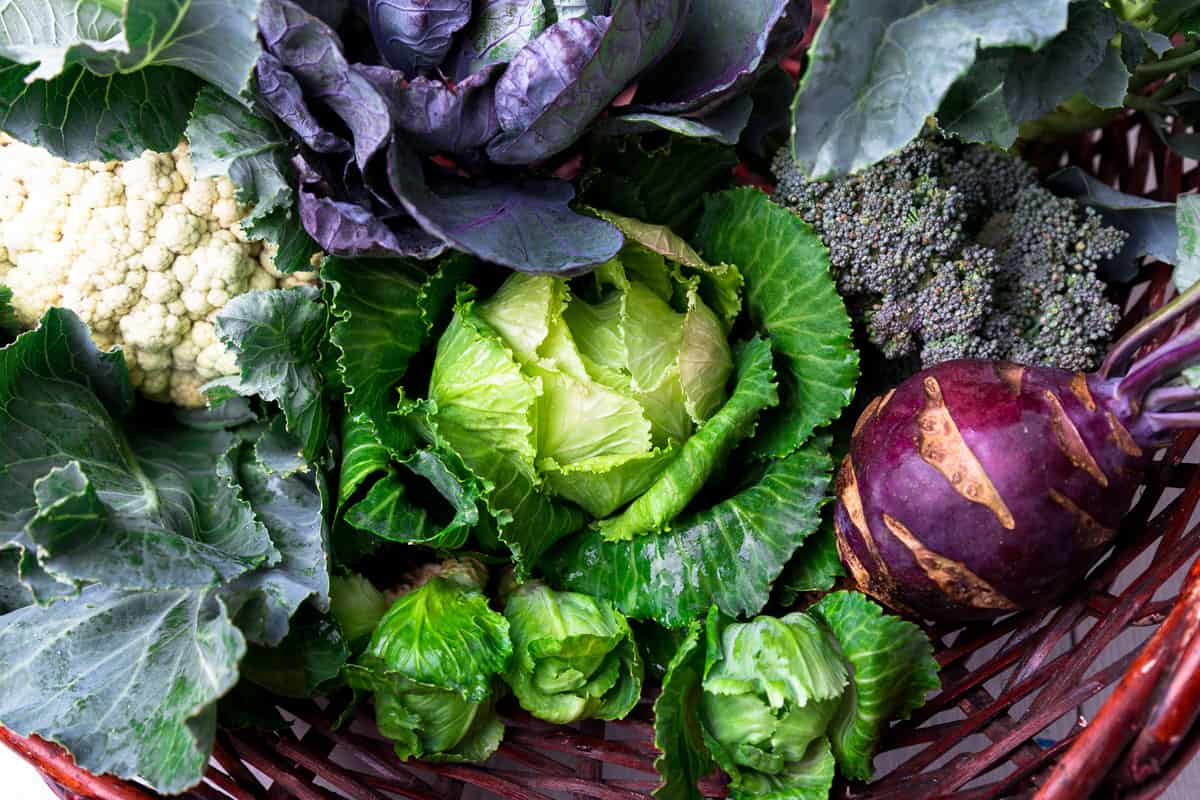
Radishes, turnips, canola, and mustard are part of the Brassica family. Weeds grow so quickly that they shade the soil, making it difficult to propagate.
Like other crops, they're susceptible to disease, insect growth, and nutrient deficiencies if planted in the same spot each year. However, some plants are disease-resistant and can regrow for years with minimal problems.
Among other things, planting them has many advantages:
1. Controls Pests
Brassica plants are used to control pests and pathogens in the soil. They contain chemicals toxic to soil-dwelling organisms, including certain fungi and other pathogens.
2. Controls Weeds
The production of glucosinolates or chemical compounds is a natural inhibitor of weed species. Therefore, weeds are rarely seen.
3. Breaks Soil Compaction
Depending on the type of plant, different roots may break down different types of soil compaction. Turnips under Brassica are known to develop substantial bulbs below the soil surface and can reduce the compaction of the topsoil layer.
Others, like radishes, do a lot to produce longer bulbs and compact deep soil. Plants with deep roots are better at loosening deeper compactions.
How To Plant Brassicas

Brassicas are one of the most important food plant families. Follow these steps to plant them:
Step 1: Ensure Good Soil
Deep, humus- and nitrogen-rich soils provide ideal Brassica beds. By adding well-rotted manure, you can accomplish all three things.
Dig the soil as deep as possible in the fall, and add compost. Roughly chop the surface clod and distribute one wheelbarrow of fertilizer per 10 square feet.
Step 2: Preparation
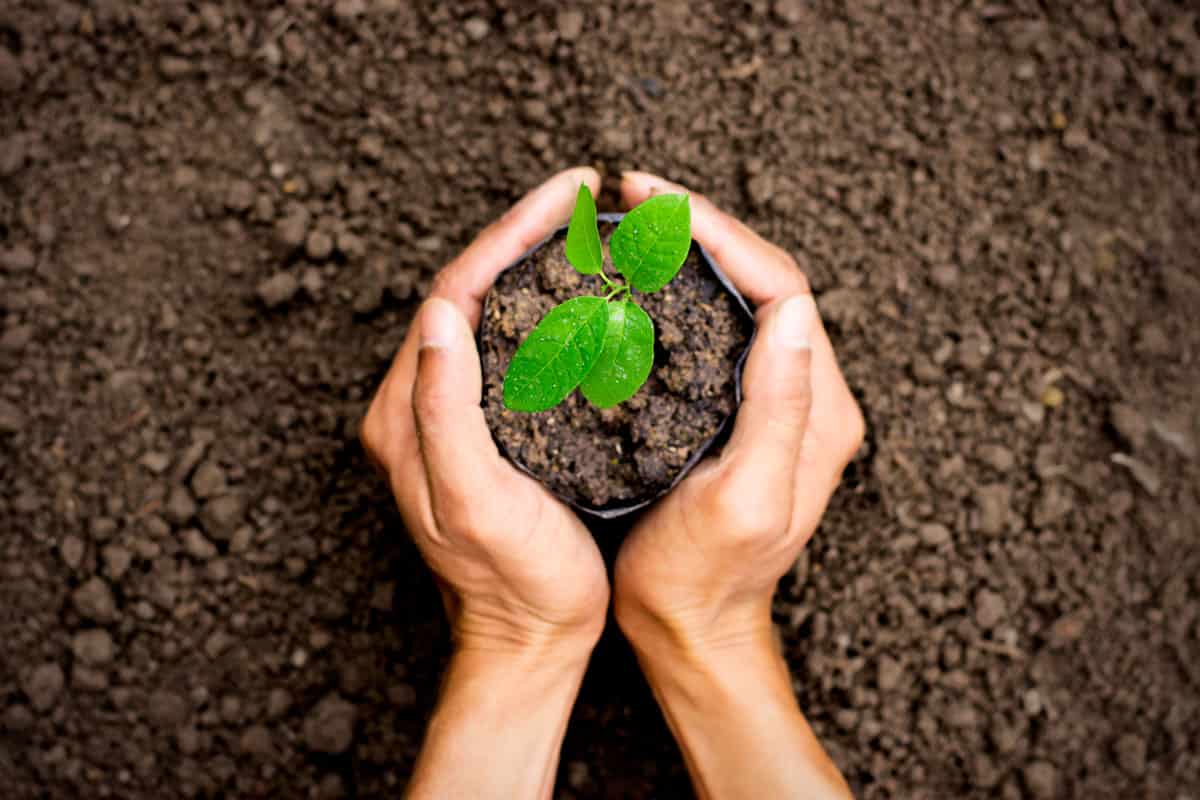
Step 3: Use Bamboo

When planting, straighten the ridges with bamboo. Use a trowel to make a large enough hole in the young plant's roots. Separate the seeds 12-18 inches, depending on the variety.
Step 4: Adjustment Of Planting Hole
Step 5: Water The Plants
Remove rows after labeling plants or columns. As the plant grows, give it plenty of water and cover it with fleece or fine-mesh netting to protect it from birds.
Click here to see this watering can on Amazon.
Step 6: Add Eggshells
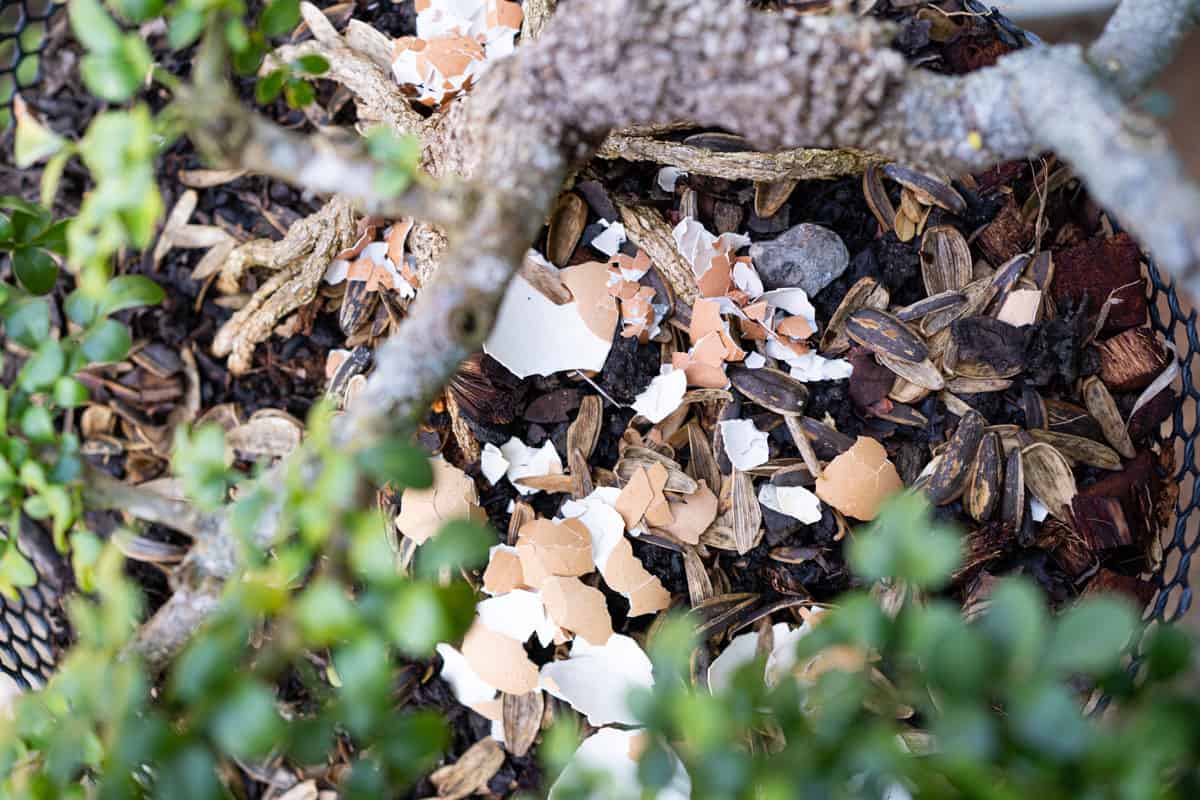
If snails or slugs are a problem, put a thick layer of eggshell around each plant until the plants are established.
Step 7: Start The Harvest
In 10 weeks, you can start harvesting the plants. Remove the top to make it look like in the supermarket. But don't pull the plant out thinking it's done.
The extra buds will continue to grow, and you'll be harvesting tiny buds comparable to the expensive ones you get from the store.
Tips For Planting Brassicas
Brassicas is one of the first crops we usually start indoors. Cultivation is often easy, but following a few simple tips can lead to success. Here are some suggested tips:
1. Test The Soil
Start by testing the soil. Brassicas don't grow in acidic soil. The pH level should be around 6.5 and 7.5. Add lime to the soil if necessary. You can also start mixing compost or aged manure into the soil with a fork this fall.
To grow them, it's important to divide the soil and provide plenty of organic matter. You can use mulch to cover the beds, but the best solution is to plant fall cover crops.
Click here to see this soil moisture testing tool on Amazon.
2. Prevent Boot Stage Errors
Brassicas should be light in color when sown so that they don't sprout. You should also take advantage of the cool spring weather and plant as soon as possible to prevent the pot from getting too big.
Keep the soil moist when no-tilling Brassicas. You can place cardboard over the sown seeds to protect them from the scorching summer sun until they germinate. Check it regularly and remove the board as soon as you notice any signs.
3. Rotate The Brassica
Brassicas are subject to a wide variety of pests and diseases. Clubroot is a very troublesome fungus that stays in the soil all winter. Plant them every three years to prevent pest and disease problems.
Crop rotation is the technique of rotating crops of specific vegetable families yearly in different garden areas. This allows land to recover from each vegetable family before that family returns to the old garden area.
It has several benefits, including:
- Pests have more difficulty identifying suitable host plants. Therefore, they cannot multiply rapidly.
- Disease outbreaks are less likely to occur during the winter and affect the following year's crop.
- The increased yield is due to more evenly distributed nutrients in the soil.
4. Remove Pest-infested Plants
Remove infected plants by burning or burying them away from the garden. Fungi can be dispatched in a compost pile with a temperature of 140°F.
5. Make Use Of Row Cover
Brassica worms can easily destroy a whole crop. Try growing them under the row cover if you have trouble with it yearly. Cheap tulle fabric is found to be effective. It allows airflow and light in but keeps out cabbage moths.
Alternatively, Bacillus thuringiensis can eliminate cabbage worms. The moth and butterfly larvae are killed by a naturally occurring bacterium. However, be cautious in spraying your Brassicas because they can also destroy other plant species.
Click here to see this row cover on Amazon.
6. Apply Proper Spacing
You may be tempted to squeeze as many plants in as possible, especially if you have a small garden. But plants grow best with proper spacing in between. Thin seedlings of straight-seeded plants require proper spacing.
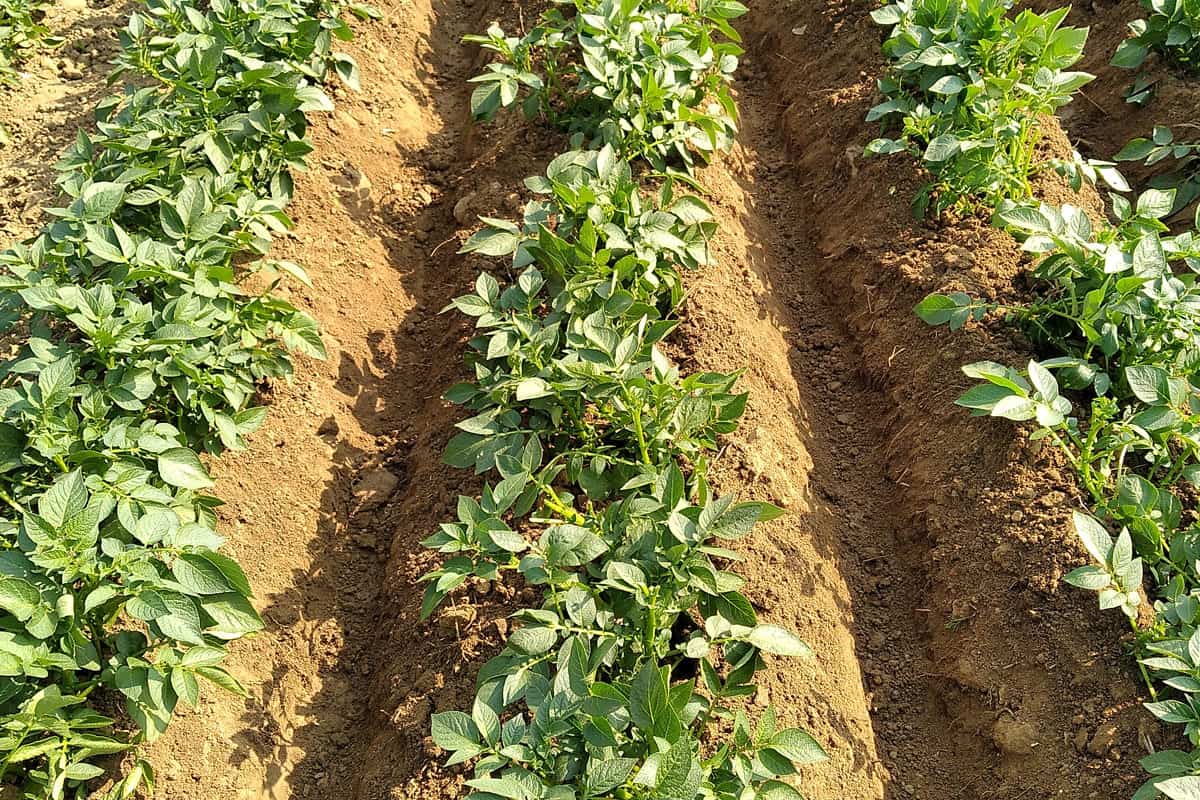
Most Brassica plants are huge. The cabbage's head has a diameter of three feet. The distance between plants must be sufficient to prevent competition for light.
Plant seeds 1/4 inch deep. The spacing depends on the type of Brassicas, but the most common spacing is at least 12 to 18 inches apart. In rows, plant them 36 to 44 inches apart or at least 24 to 36 inches apart in equal spacing.
7. Apply Staking
Staking is always needed in all plants, but only in the safest areas. To prevent swaying, dig around the stems of head-heavy plant sprouts.
What Is The Best Time Of The Year To Plant Brassicas?
Brassicas can be planted in early spring for fall harvest, midsummer winter harvest, and early spring next year.
It's usually planted in the ground by gardeners in August, but planting in mid-June or July will give them a head start before falling off and slowing growth.
In Closing
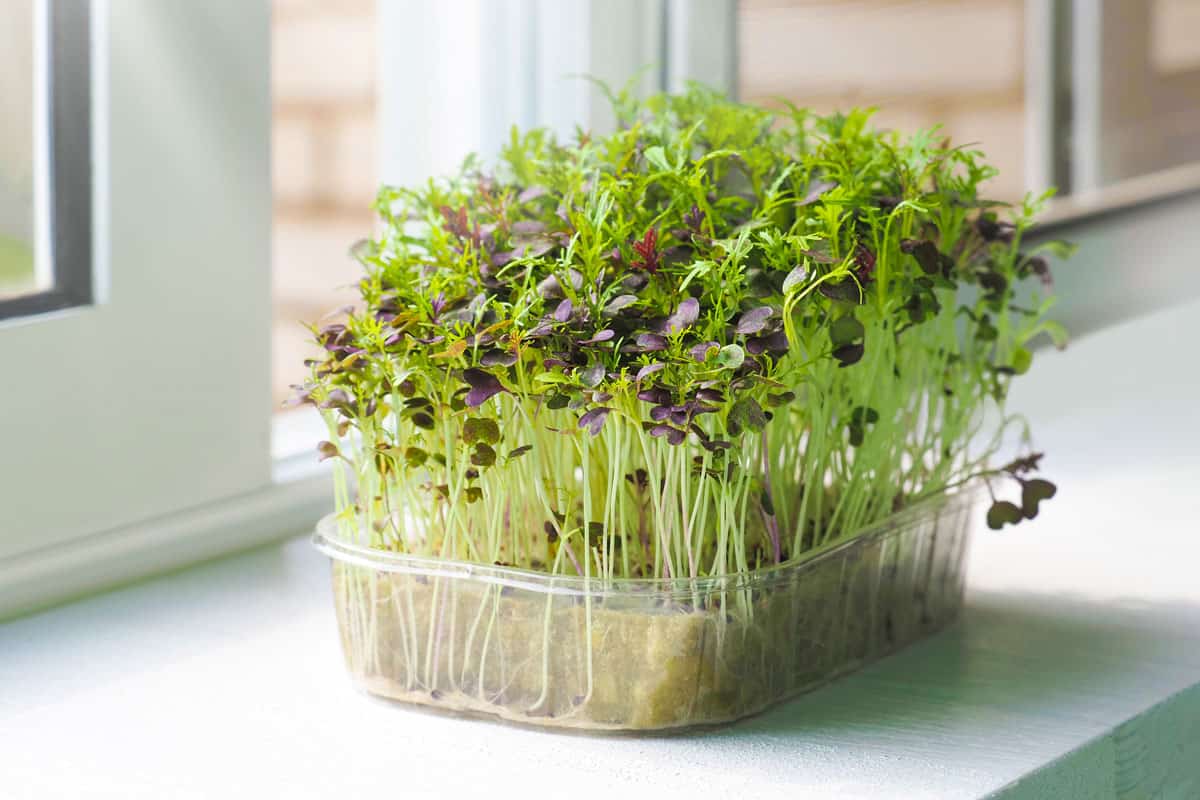
When growing Brassicas, you shouldn't plant them in the same location for two consecutive years, as this may attract insects. It's recommended to do crop rotation. After four years, you can plant them in the same location.
We hope this article has helped you answer your questions about growing Brassicas and crop rotation. Before you go, please check out these other posts:
Will Brassicas Grow In Sandy Soil? [Everything You Need To Know]




